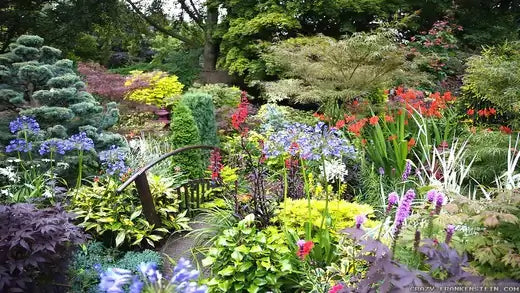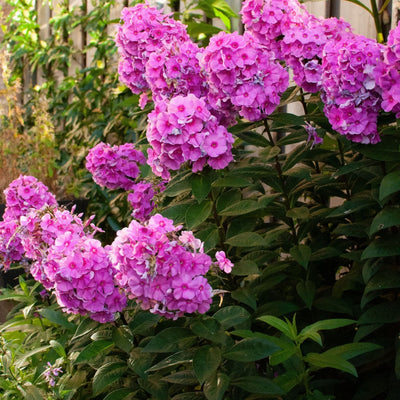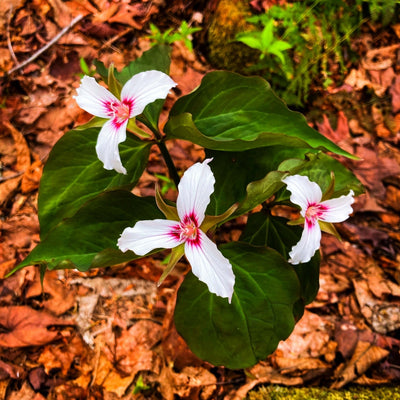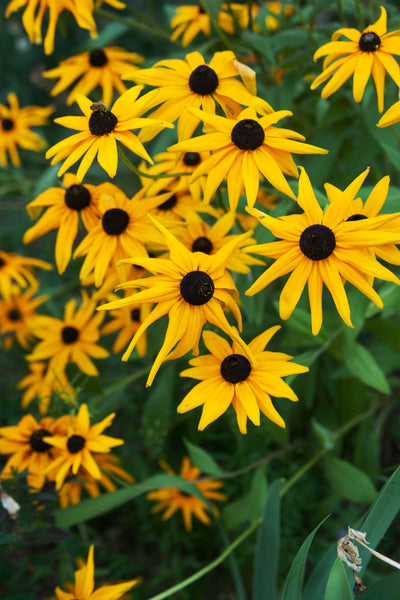How to Grow a Great Flower Garden
TN Nurseries best selling wildflower perennials
Growing a fantastic garden can be intricate and time-consuming, but the results are worth the work. To begin fabricating your garden, you must decide what flowers you wish to plant. Often seeds for these flowers can be purchased in any home improvement store and come in various forms. One of the most prominent ways of flowers is wildflowers. Wildflowers include a variety of different flower seeds within a single package. If you wish to have a uniform garden with a single flower type, many other choices fit your criteria. Flowers can also be purchased in full bloom, allowing you to achieve the desired look more quickly.
After your desired flowers or seeds have been chosen, it is critical to plan how your garden will look. That is the more creative aspect of growing a flower garden, as it often involves the grower's style and elements. Flowers can be arranged in various ways, including size, shape, and color. It is critical to choose an arrangement before you plant your flowers, as garden plants are fragile and may be damaged if you decide to remove and replace them in another area of your garden.
Caring for your flower garden
It is essential to properly care for your garden plants by giving them the proper sustenance they need. A common way to give flowers the nutrients they need to grow is by adding fertilizer to your garden. Compost makes the florets more fertile, allowing them to blossom and produce much more quickly. During plants, growth should lay down fertilizer if you wish to grow flowers instead of directly planting them.
Weed control is an important step to consider when growing a flower garden. While weeds may not necessarily harm the flowers, they tarnish your garden's appearance. Weed control can be performed by pulling out weeds by hand or purchasing chemicals to kill plants slowly. It is generally better to pull weeds by hand as chemicals may damage your flowers if they are not sprayed carefully. There are concentrated weed controllers which are only meant to be sprayed on the weed. These are much safer than other types of weed killers for gardens. Ground covers also work well in gardens. Birds love nesting in flowering plants.
Buy what you need for your flower garden at TN Nursery




